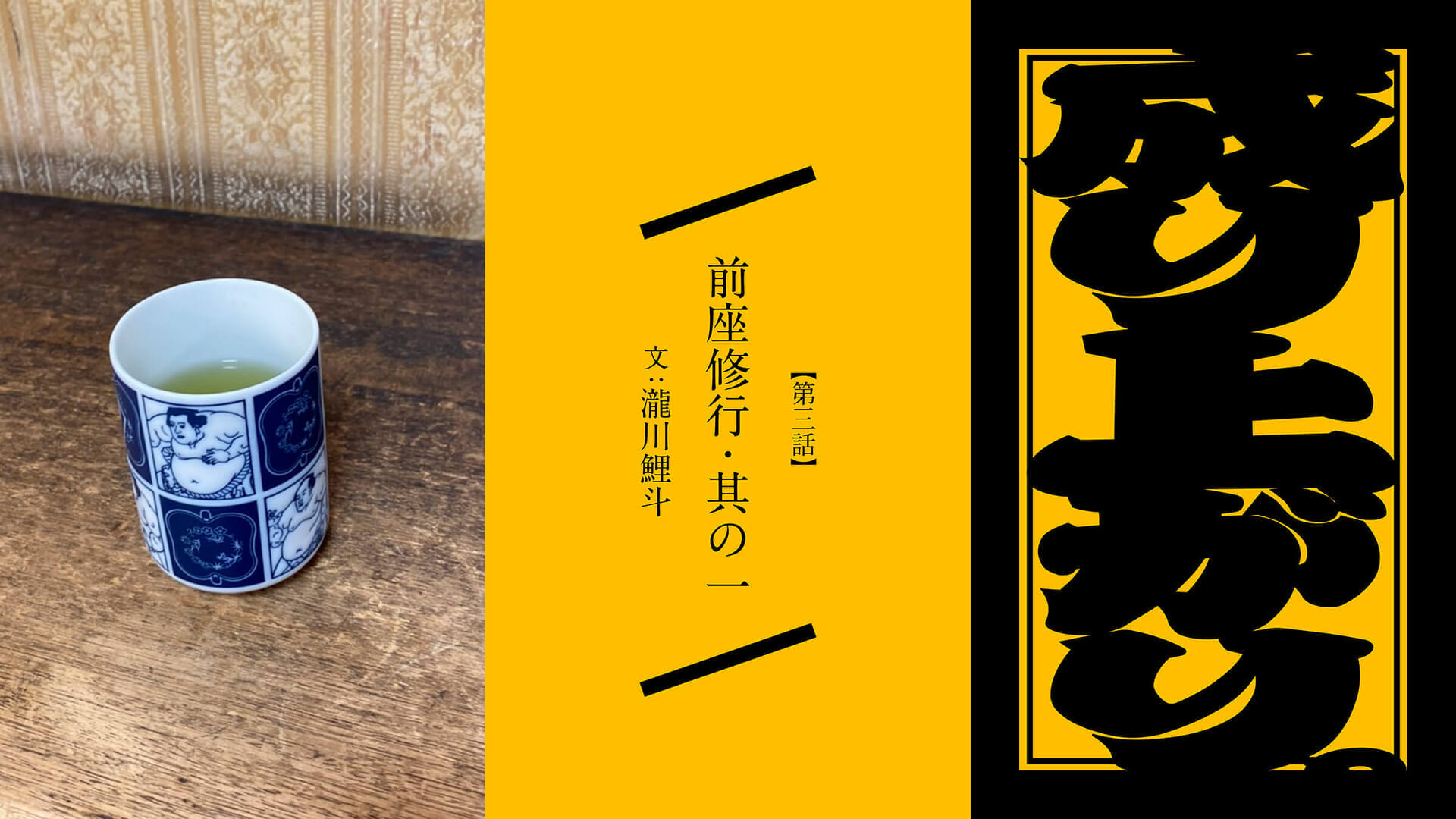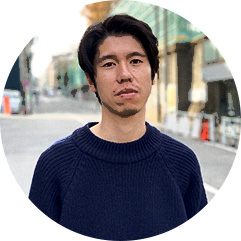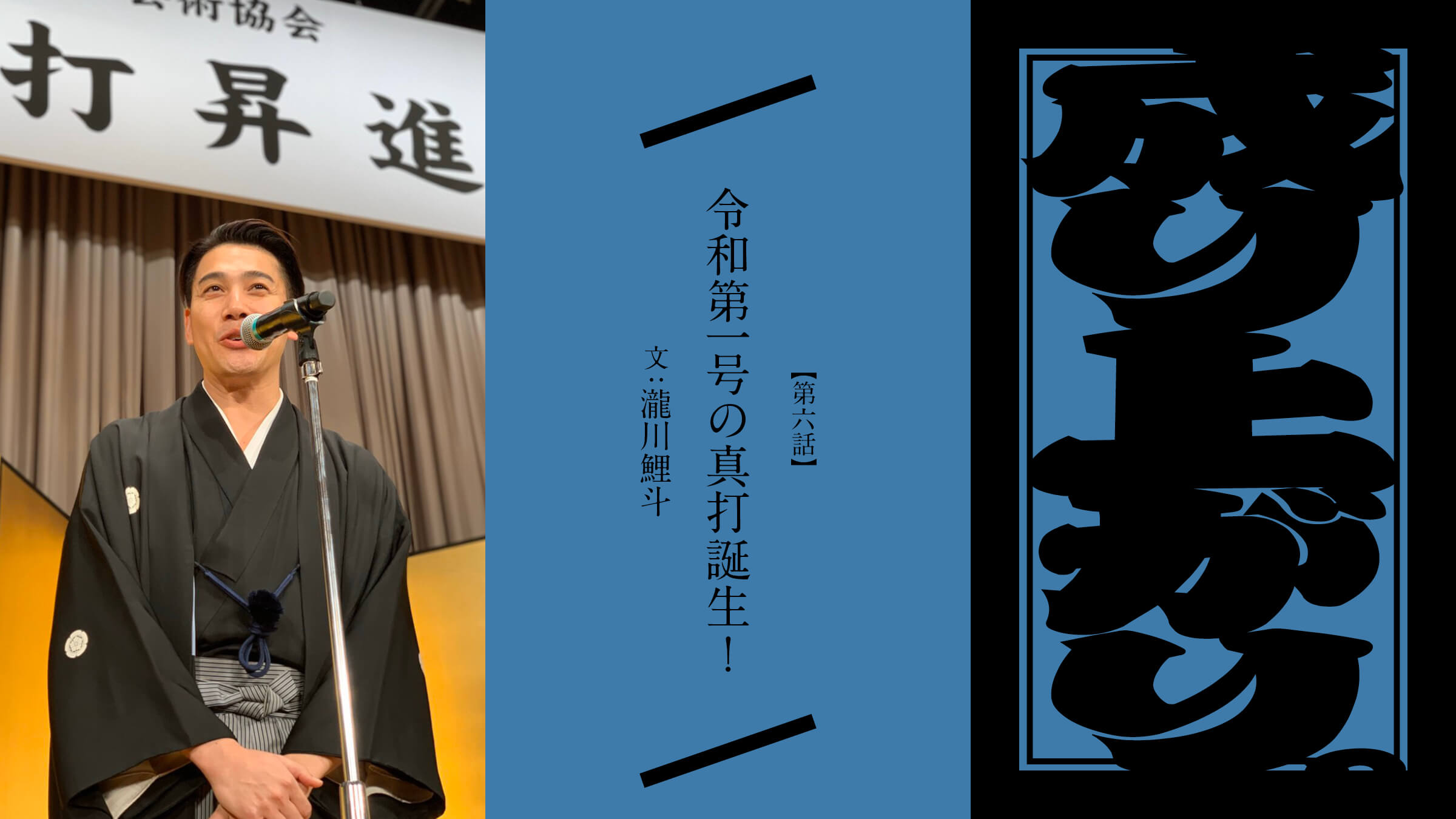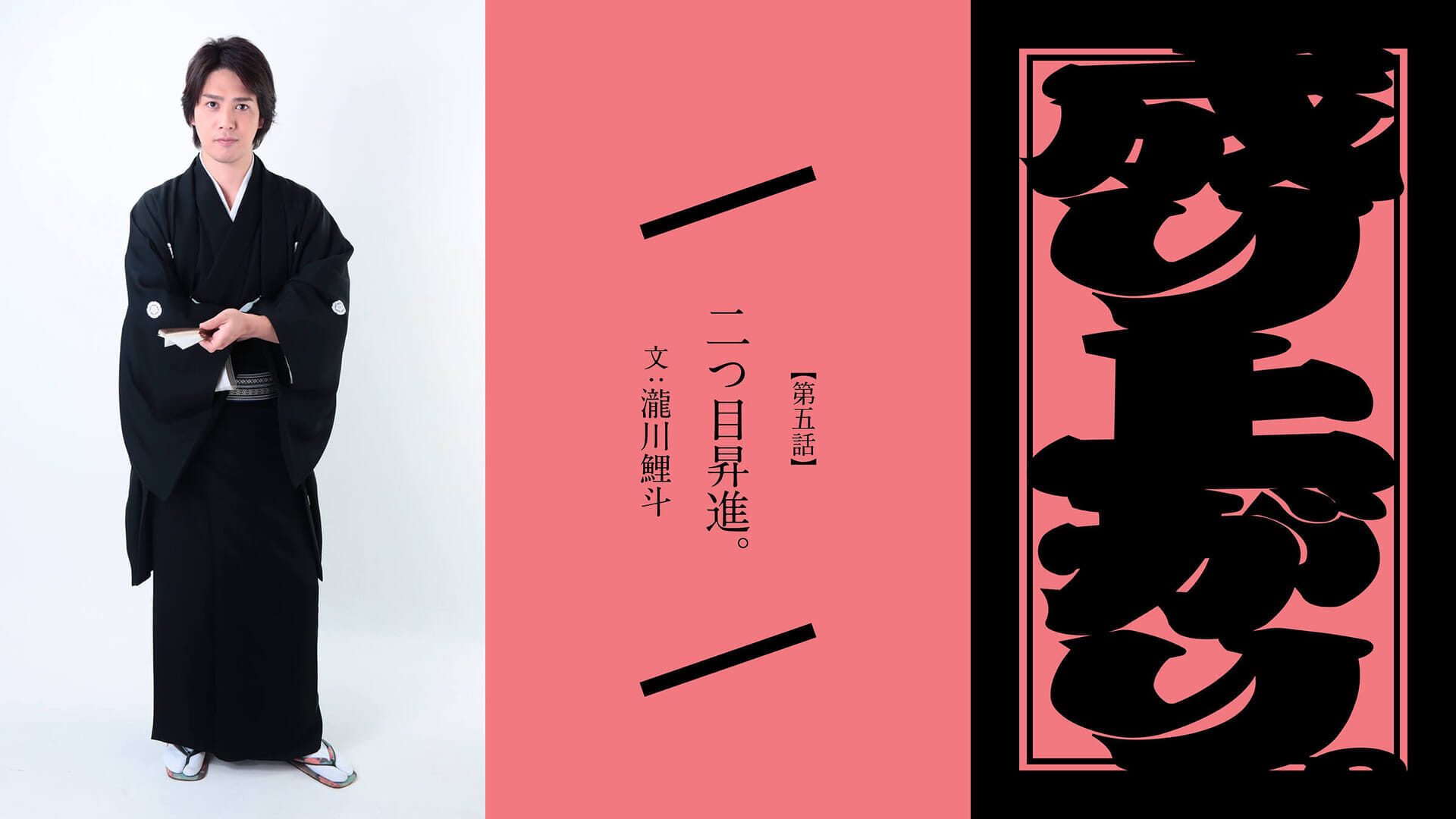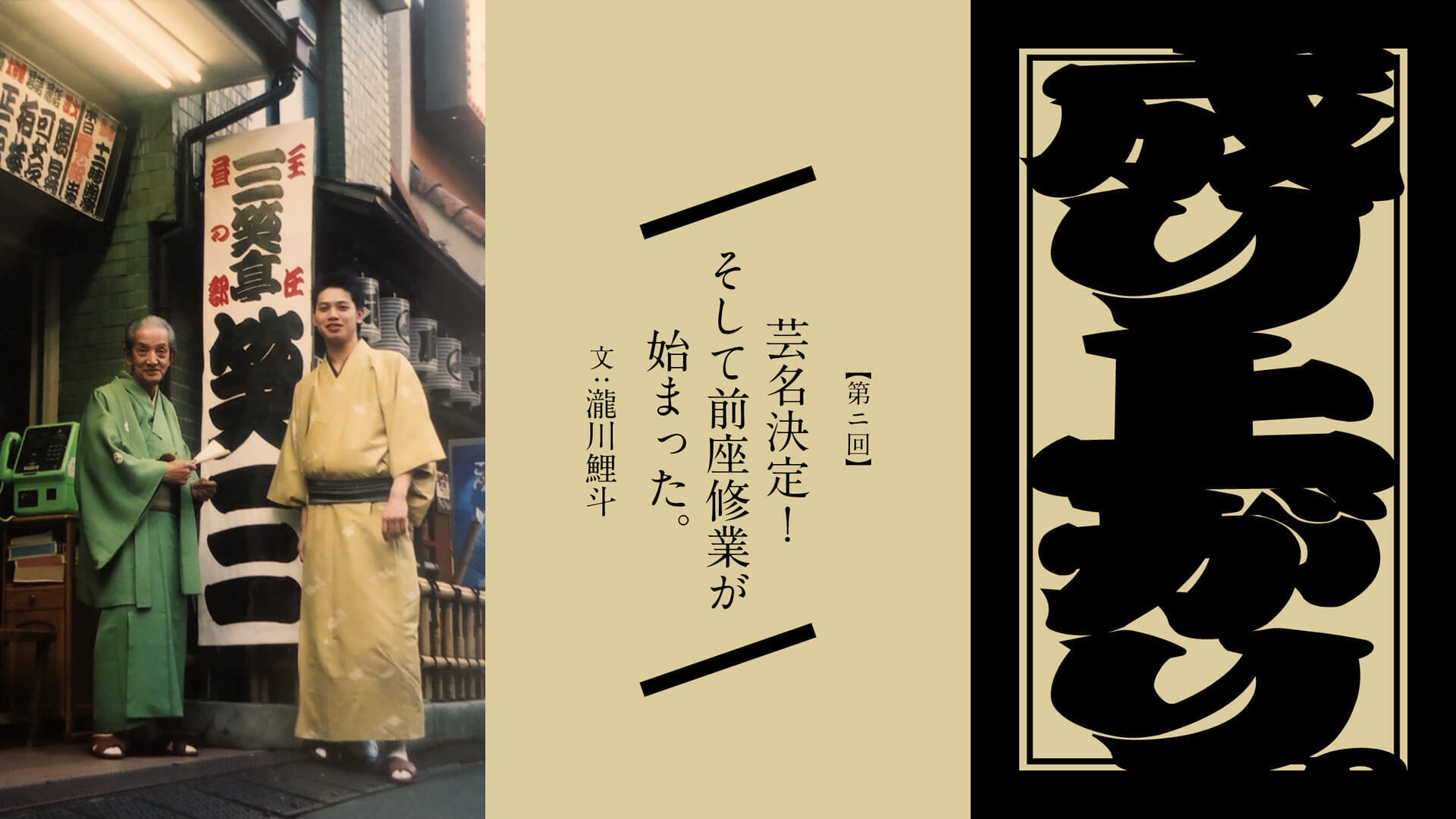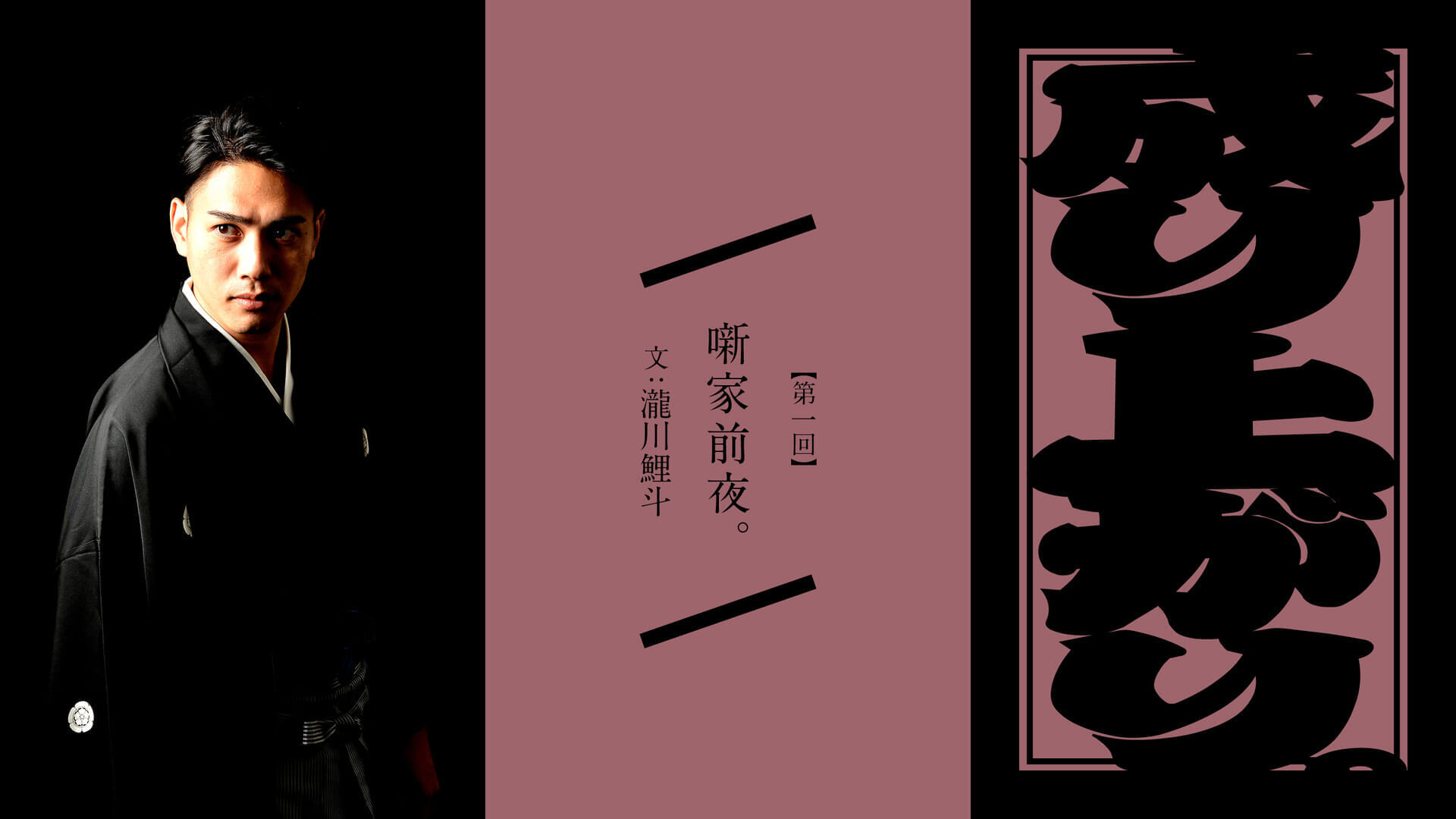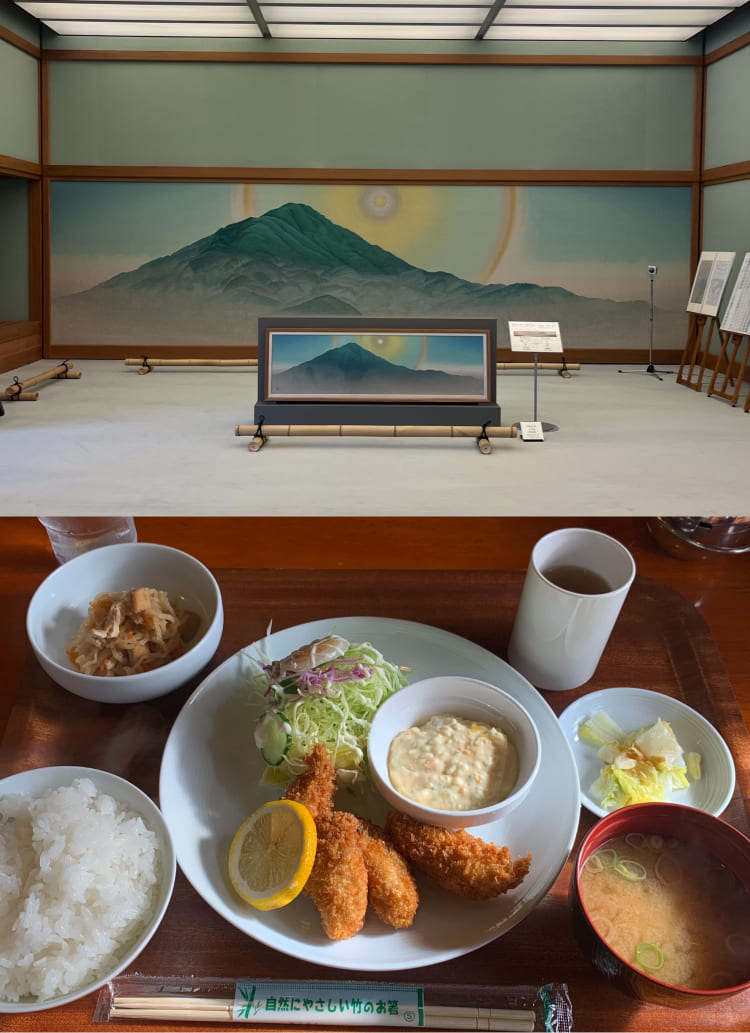Episode Three. Maeza training, part 1
The first thing I do after arriving backstage at a Yose on March 1, 2005, is to greet the audience. The first thing I do is to greet each and every master and senior apprentice with Tatemaeza, saying, "I am Koito, Koisho's apprentice who will be joining us backstage today. Please give me your best regards.
This greeting is not an easy one to give.
At the time, there were about 100 masters and senior members of the Rakugo Art Association, to which I belonged. It would be impolite to greet a master twice, so I had to memorize their names and faces in a single session.
Yose are held on a 10-day schedule, with the first 10 days of each month for the upper section, 11-20 days for the middle section, 21-30 days for the lower section, and a special performance called Yoichi-kai on the 31st day of each month.
Moreover, Yose has a substitute performer program, so when the regular performer is unable to perform due to other commitments, another master will come in his place.
It was common practice in those days that the regular master would only appear on one day, and different masters would substitute for him on the other nine days, so it was very difficult to remember the faces and names of the masters.
So, we comedians are given a book of important information.
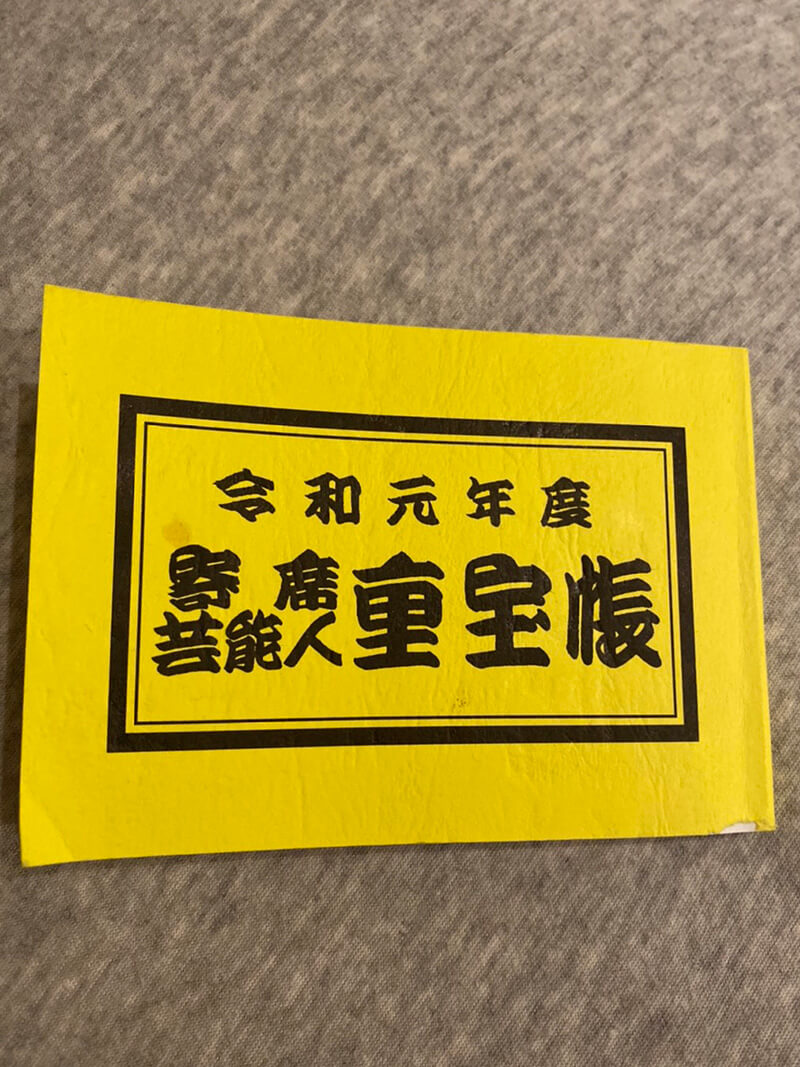
This is a very useful item for a new comer, as it has the names of all rakugo artists who belong to the "Rakugo Art Association" and the "Rakugo Association of Japan" written on it!
In this, he wrote the characteristics of the master who greeted him (laughs).
For example, there are many bald masters, so Master Fat is bald on the back of his head! Fat Master Fat is bald but has a barcode bald spot where he is forcing the right side of his hair to the left! Fat Master Fat is growing more hair in front of the mirror with an oil-based pen! And so on. I wrote down the impressions that were burned into my eyes at that time so that I would not forget them.
What we do at the same time as this work is to follow the senior members of the front of the tea service and watch and learn how to serve tea to the masters.
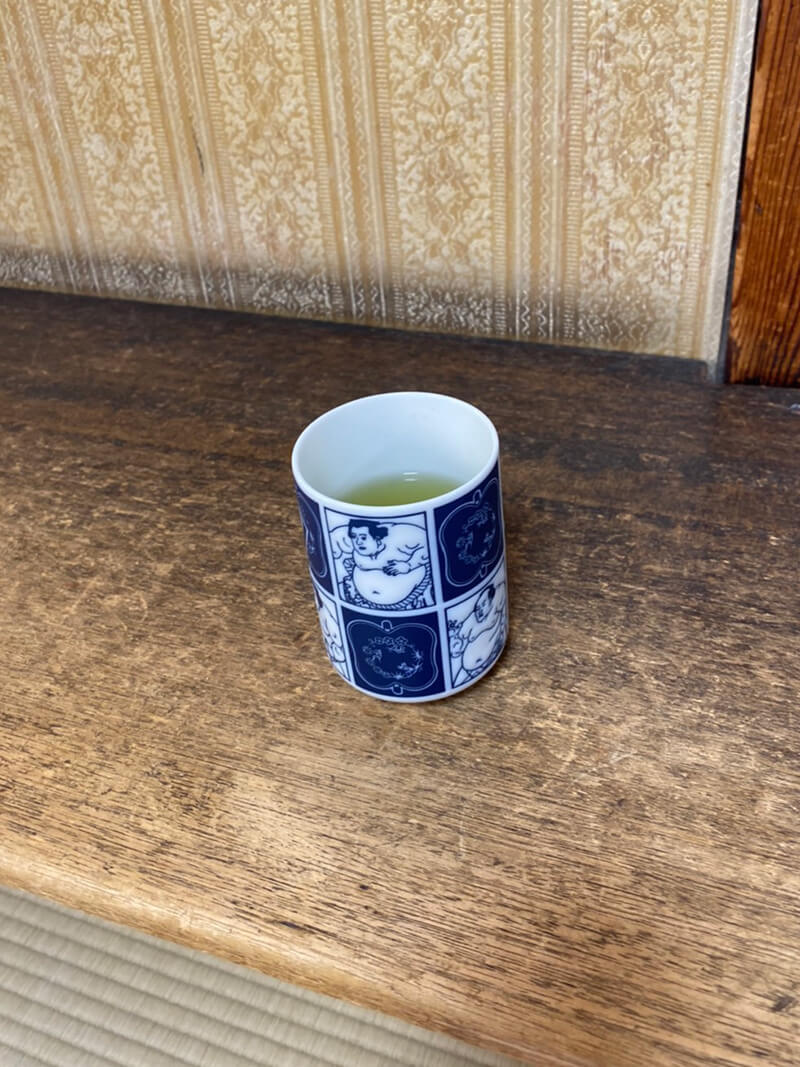
Some masters like their tea hot, some like it cold, some like it lukewarm, and some serve both hot and cold tea, so I wrote down their preferences in my treasure book.
I also learn the koza-return technique here. I remember watching my seniors serve tea from my sleeve.
As a maeza, I was not allowed to do anything that would disturb the masters in the dressing room, so I spent every day exhausted and exhausted.
A month has passed since I entered the dressing room, and I am finally working in the dressing room as an official maeza from an apprentice maeza, but what I do is almost the same.
What you have seen as an apprentice, you now actually do yourself. This is what is known as the tea ceremony zenza. This is basically done by the most junior maeza. The same is true of the koza-gatari.
In fact, this is an important time for the tea ceremony to thoroughly teach your body how to allocate time for the yose!
Yose Takaza time is 15 minutes, and Tori's master and chief have 30 minutes. The basic 15-minute performance allows the students to learn the movements of the masters in the backstage area. The students learn how to adjust to the atmosphere and time of the backstage area.
Three months have passed since my first tea ceremony, and I have become accustomed to the backstage area!
PROFILE
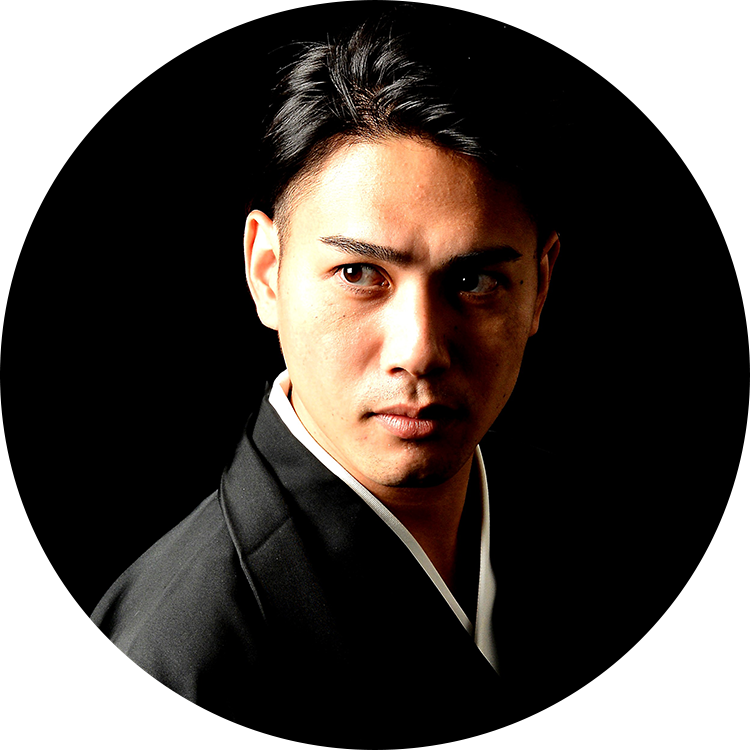
Born in 1984 in Nagoya, Japan, he is a member of the Rakugo Art Association. He became obsessed with motorcycles in high school and became the leader of a local motorcycle gang at the age of 17. He became an apprentice when he saw a solo performance by his master Takigawa Koisho while working part-time at a restaurant in Shinjuku, and was promoted to maeza in 2005, nitsume in 2009, and shinuchi in May 2019.


